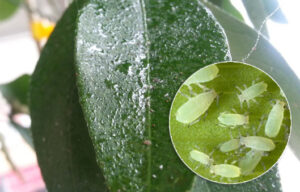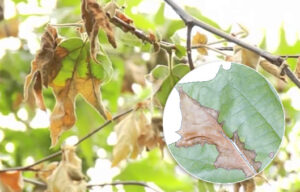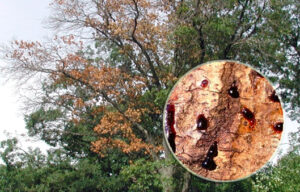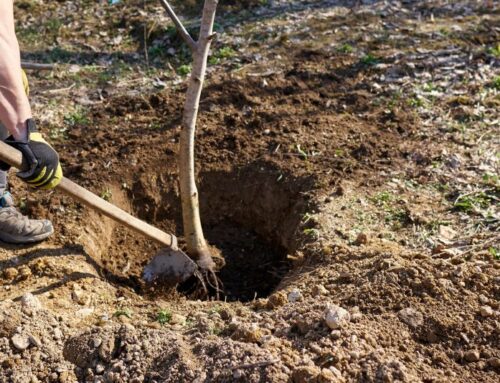Springtime Tree Pest and Disease Management
Warm weather encourages the growth of life. Trees put out flushes of tender green leaves and get busy producing flowers and fruit. Ready to take advantage of those are an abundance of pests and diseases. Here are the most common tree pests and tree diseases you will find in urban trees during spring. Read on to see the pest and disease problems, and their treatment and management options.
#1 - APHIDS
If you have sticky leaves...most likely you have Aphids. Aphids can affect a host of different tree species, but you’ll see them most commonly on Tulip Trees, Hackberries, and Crepe Myrtles. You can prevent their infestation with early treatment. The soil application can take 2-3 months to translocate throughout the entire tree, so the time to treat is NOW!
#2 - SCALES
Another cause of sticky leaves are Scales. These tiny insects look like small roundish bumps and infest many tree species, such as Lindens, Magnolias, and Olives. Scale treatment is the same as Aphid treatment. Treat NOW so your trees are protected when Scales emerge in 2-3 months.
#3 - FIRE BLIGHT
Fire Blight is what causes your Pear trees to look like someone took a torch to the leaves. This treatment can be applied year-round, but the optimal time to is treat once in the Spring, prior to leaf break, and again in the Fall. Also pruning out dead/diseased twigs is the ideal combo.
#4 - SYCAMORE ANTHRACNOSE
Sycamore Anthracnose is primarily a cosmetic issue, but it can cause long-term health problems, such as canopy dieback and decline. It’s what causes the browning, curling, and early leaf drop of these trees. By treating 2x a year, you’ll help reduce some of the strain this pathogen places on Sycamores and have a much healthier-looking tree!
#5 - PINE PITCH CANKER & BEETLES
The deadly combo of Pine Pitch Canker and Beetles are sadly attacking many of our Pines (particularly Monterey Pines). The spores from the Pine Pitch disease are carried by wind and rain to torment the nearby hosts. Beetles are opportunistic and sense the tree's stress. Treatments to ward off these unwanted take-overs can be applied year-round, although multiple cycles are optimal.
#6 - SUDDEN OAK DEATH (SOD)
Who doesn’t love their Oaks? The pathogen (Phytopthora ramorum) loves water and also uses it as a mode of transport. Applications 2x a year (Spring and Fall) will boost your Oak and help defend it against unwelcome infections.











